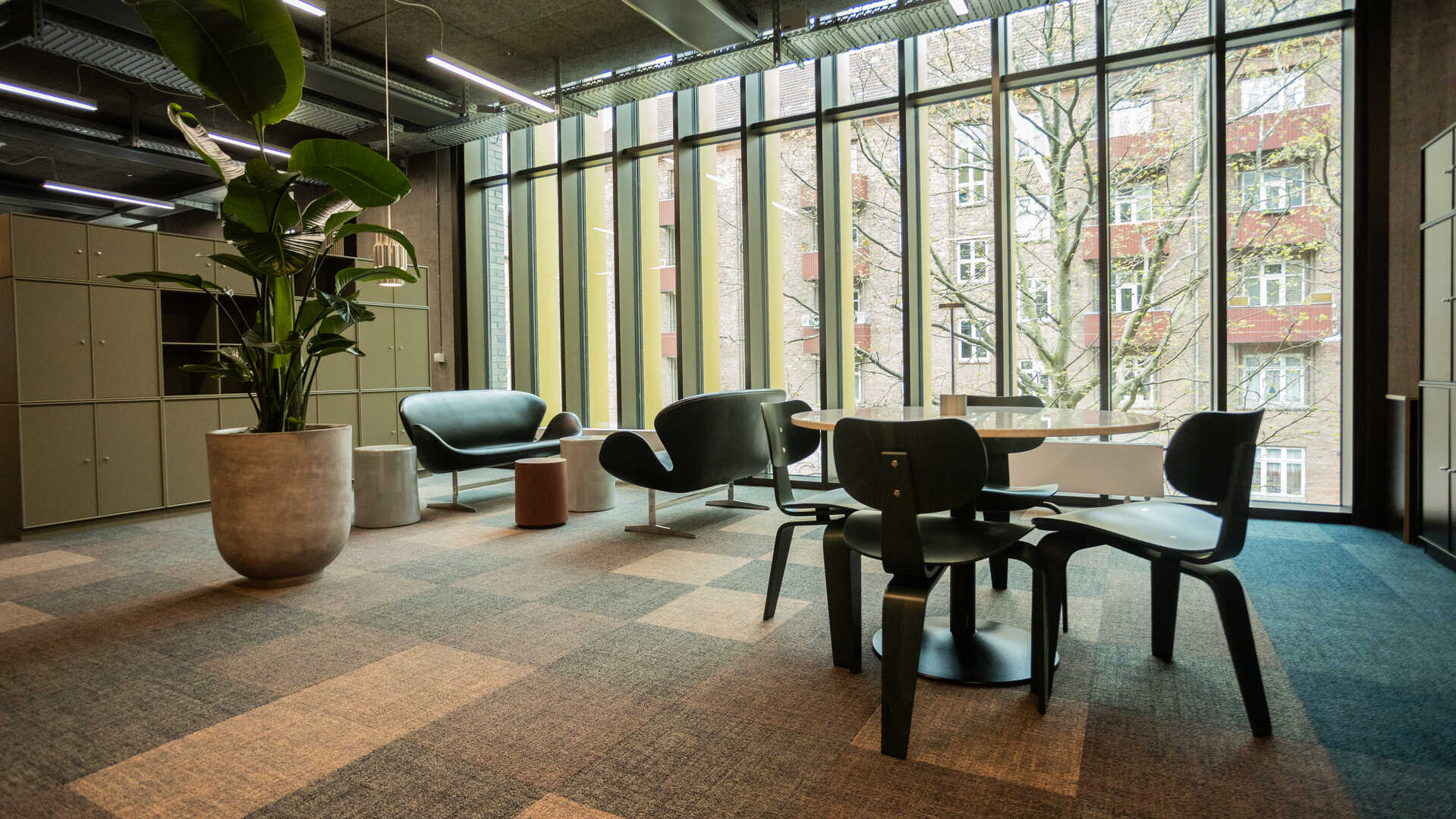
The Visma group consists of over 200 companies across more than 20 countries worldwide. By taking advantage of opportunities in a fast-moving market characterised by rapid development in technology, Visma has turned into an international leader in cloud software delivery. Investing in local market leaders and specialists, the company makes sure that local expertise is intact as they expand their operations globally.
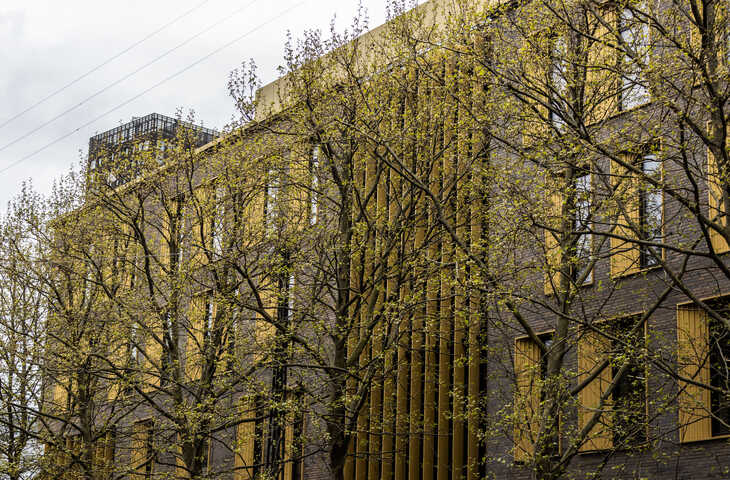
Over the years, the Danish Visma branch has acquired several smaller technology companies, all of them with their own identities and ways of working. To promote a larger sense of belonging and shared company culture, Visma management aimed to unite around 1,100 Denmark-based employees from different locations in one large office building. Designed to bring people and business units together, the management acknowledged the need for flexible solutions embracing the original sense of intimacy experienced in each team, while fitting into the new shared identity.
Under the direction of associate partner, head of design and architect Lise Bækgaard and project manager and architect Lena C. Skaustein from Danielsen Architecture plus space planner and architect Gitte K. Kjær from Danielsen Spaceplanning began the extensive project several years ago. Carlsberg City District is undergoing an interesting transformation from industry to a culture and climate focused residential neighbourhood. The area is named after Carlsberg's beer, which was brewed in some of the old premises from 1847 until 2008 when the production was moved. However, the Jacobsen House Brewery, which produces special brews, is still located here.
The history of the area, the facades and the desire to create a concept to which the users feel attached, determined the carpet collection choice.
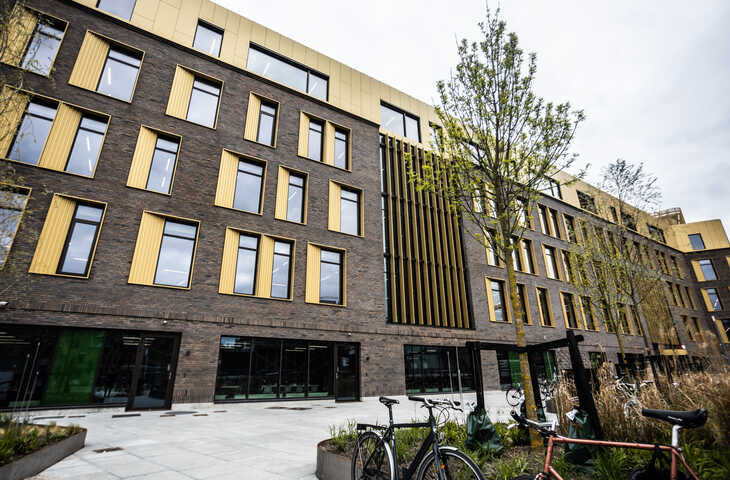
Overall, the context of the project and the history of the Carlsberg City District were crucial to the architectural and space planning design. The custom brown bricks of the facades beautifully interlink our modern times with the old buildings and the beloved story of Carlsberg. The creative team at Danielsen Architecture and Danielsen Spaceplanning interpreted the golden look from the old Carlsberg warehouse into unique inclined rectangular window niches that make a beautiful inflow of daylight while adding interesting detail and variation to the facades.
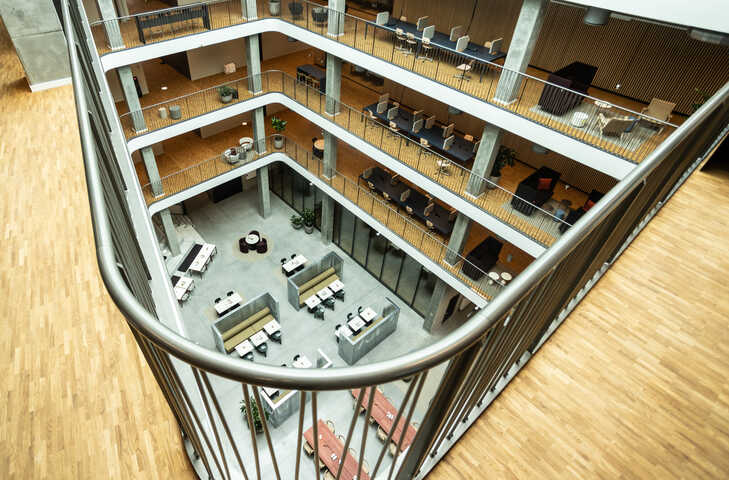
Using an inside-out approach, the large atrium is the natural starting point for most activities. Here, employees and guests experience life buzzing throughout the storeys with an amazing view from floor to ceiling. To create a raw and honest expression, grey concrete walls, visible ventilation and electrical systems contribute to a quite industrial look and feel. To refine the ambience, window frames, glass facades and user-oriented pavilions on each storey play an important role.
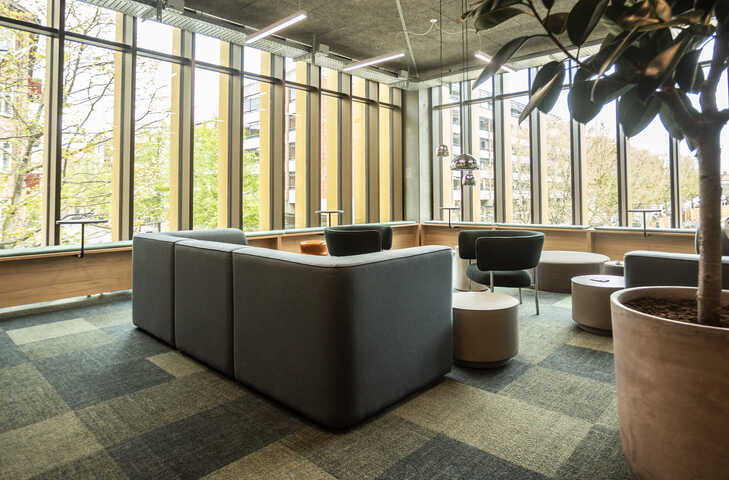
To ensure a high degree of user flexibility, the space planning centres around creating multiple spaces perfectly aligned with different work situations. To design their way around the dominating ventilation and electrical installation systems, the team turned spatial and architectural obstacles into positive user experiences. Therefore, kitchenettes, meeting rooms and other spaces are centred around technical cores in integrated pavilions fitted with delicate wood elements. In this way, the pavilions express a consistent design mark throughout the entire building.
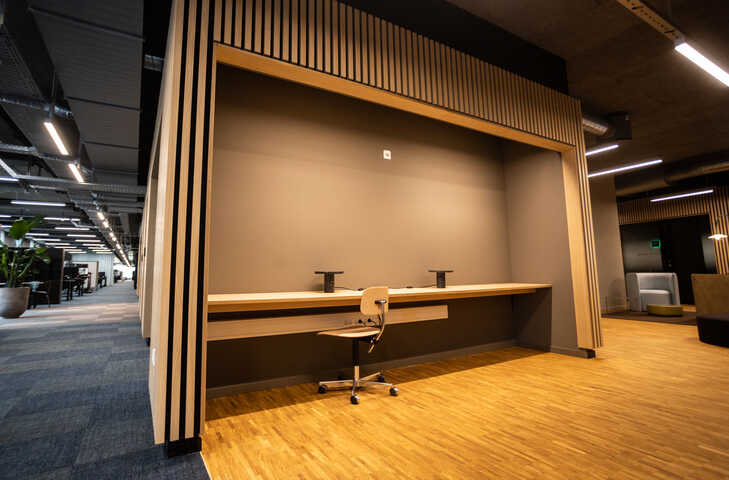
In the spirit of the project’s user-oriented approach, Visma formed a steering group that helped translate employee needs and wishes into specific interior solutions. Gitte explains: “We wanted to create homely and very differentiated environments. With the carpet tiles, we aimed to promote wellbeing through the creation of an energising yet harmonious colour bath that’s pleasing instead of overwhelming, and we really succeeded. In addition, the carpet design makes the new premises even more relevant to the users by highlighting work, relaxation and social zones using colour shifts as an important symbolic tool. In front of the big glass sections, carpet colours consequently change as these areas are thought of as lounges, harmonious visual breaks from the many office seats placed along the up to 100 metre long non-stop facades. In addition, the carpet colours of the small kitchens communicate to users that they’re on the right track to get their next caffeine injection.”
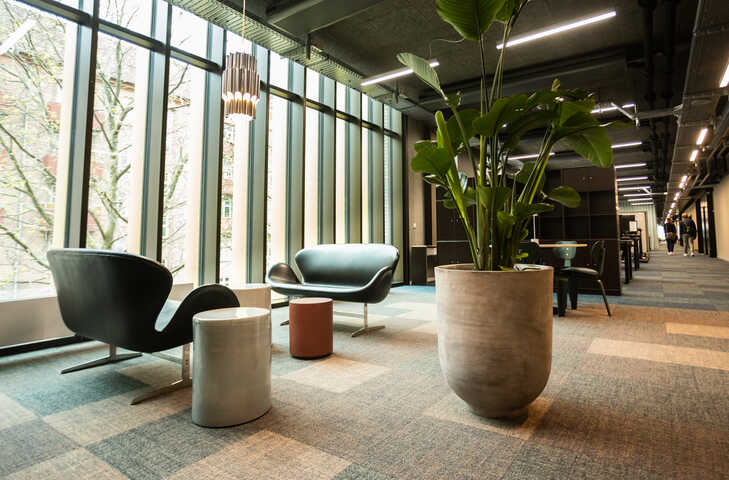
Blue is the fundamental carpet tile colour choice, elegantly supplemented by green and rust to elaborate on the architectural choices and make them relate to the office décor. To avoid sharp colour shifts, Gitte worked with natural transitions that integrate discretely. Within each colour group, two or three different tones are carefully mixed into vibrant yet harmonious designs. To soften the quite industrial look and feel, the colours bring associations to organic elements such as the ocean, rust on metal surfaces and grass. Within each colour category, the specific carpet styles were chosen for their ability to blend into natural compositions.
We exploited the carpet tile flexibility to create an architectonic expression based on colour changes. It looks much better than wooden floors and adds a visual boost to the entire building.
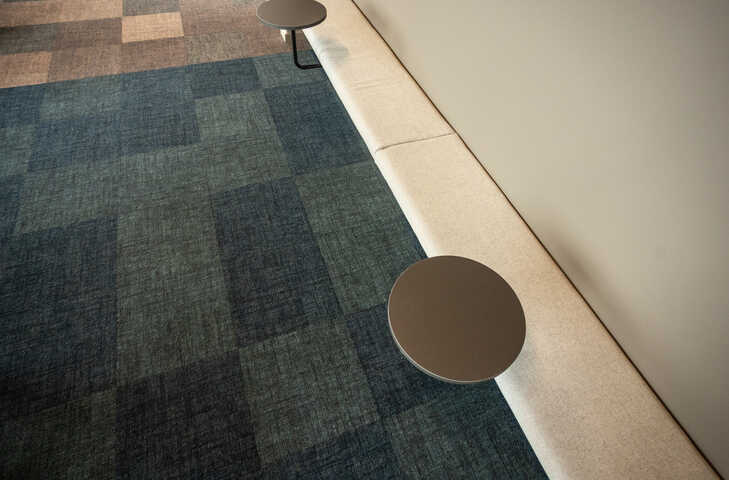
The soft and textured Calico loop construction perfectly complements the rough structure of the building and goes very well with the concrete, glass and wooden surfaces. Originally, the house was meant to be fitted with hard floors, but the Visma steering group wanted carpet tiles instead. In other words, acoustics was an important parameter too: “The users were very aware of the downsides of sound reflection and tapping noise. Some business units have call centre functions and in addition, some of their colleagues like making phone calls while walking around the room. Based on the acoustic performance, they liked the idea of Calico from the start,” the creative team explains.
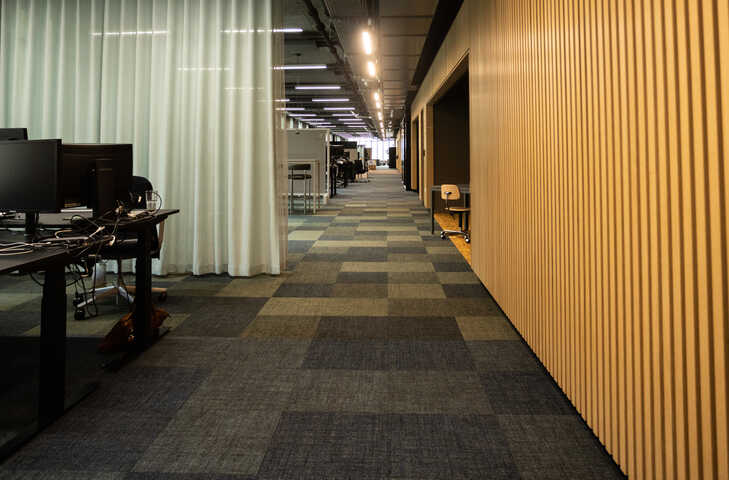
The team elaborates: “We proposed three carpet options creating three very different stories varying on parameters such as look, budget, acoustic performance and sustainability. Therefore, we made three physical prototype settings and luckily, Visma was more than willing to play along: The steering group’s first choice was the same as ours.“
The new home to Visma is DGNB Gold certified and obviously, the Calico collection taps perfectly into that requirement. Gitte explains: “When creating projects, I sometimes question the fact that we keep adding new materials to the world. Therefore, it comforts me knowing that Calico is made from used fishing nets and plastic bottles as these sustainable facts were very important to the Visma steering group too.”
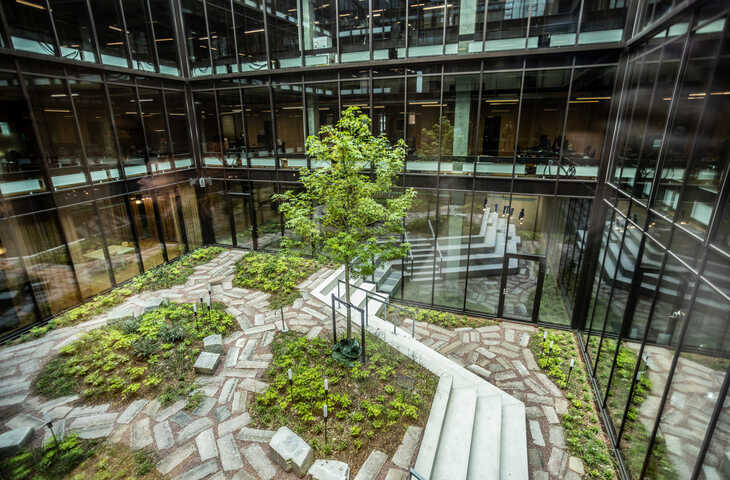
Order your very own ReForm Calico samples right away to explore your multiple options. If you need professional advice, your local consultant is ready to answer all your questions and our specialist design experts will help enrich your mind with creative ideas. We can't wait to hear from you!
Design inspiration delivered straight to you